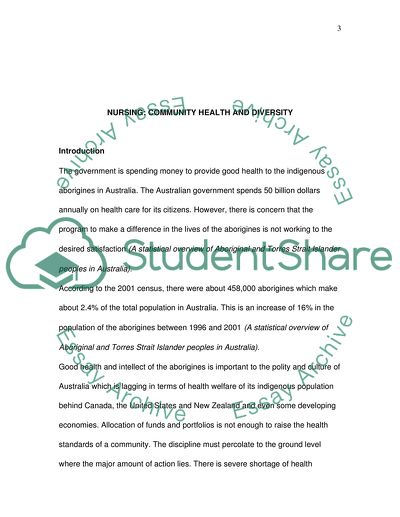Cite this document
(Nursing: Community Health and Diversity Term Paper - 2, n.d.)
Nursing: Community Health and Diversity Term Paper - 2. Retrieved from https://studentshare.org/nursing/1554966-nursing-community-health-and-diversity
Nursing: Community Health and Diversity Term Paper - 2. Retrieved from https://studentshare.org/nursing/1554966-nursing-community-health-and-diversity
(Nursing: Community Health and Diversity Term Paper - 2)
Nursing: Community Health and Diversity Term Paper - 2. https://studentshare.org/nursing/1554966-nursing-community-health-and-diversity.
Nursing: Community Health and Diversity Term Paper - 2. https://studentshare.org/nursing/1554966-nursing-community-health-and-diversity.
“Nursing: Community Health and Diversity Term Paper - 2”. https://studentshare.org/nursing/1554966-nursing-community-health-and-diversity.


